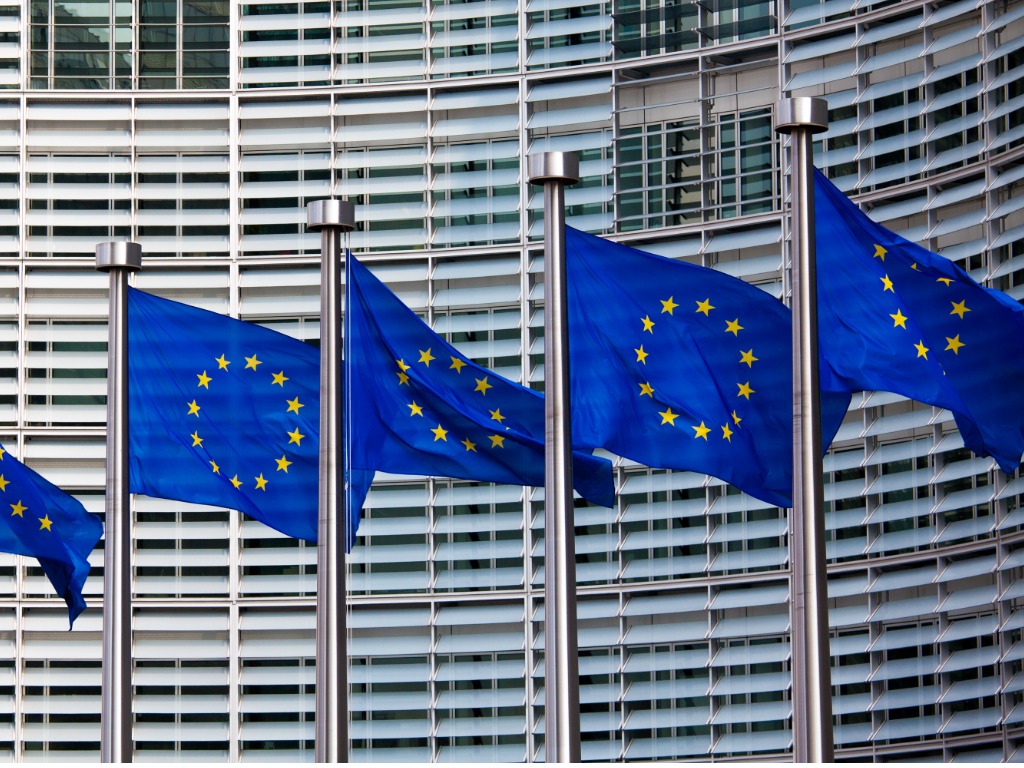Land Availability for Renewables a Major Constraint to Hitting Climate Goals: McKinsey
The availability of land for solar and wind-based power may present significant challenges to achieving climate and energy transition goals in Europe, according to a new analysis released by global management consulting firm McKinsey.
The report, “Land: A crucial resource for the energy transition,” found that renewable energy deployment in Germany, France and Italy will require land roughly equal to the entire size of Belgium, and identified a series of regulatory and environmental constraints severely limiting the land available for solar and wind deployment in those countries.
Rapid deployment of renewable energy forms a major part of the plan to achieve the EU’s climate goals, which include reaching climate neutrality by 2050, and cutting greenhouse gas (GHG) emissions by 55% by 2030. Following the Russian invasion of Ukraine, the EU Commission introduced REPowerEU, its €300 billion strategy to reduce European reliance on Russian fossil fuels through measures including the deployment of renewable and clean energy capacity, and in March 2023, lawmakers agreed on a target to nearly double the share of renewable energy in the EU’s energy consumption to 42.5% by 2030.
According to the McKinsey report, over 90% of the targeted additional 2030 capacity regulatory and environmental limitationsto hit the REPowerEU targets will need to be supplied by wind and solar, requiring large amounts of habitable land. For example, approximately 50% of the EU’s renewable energy deployments are expected to be in France, Germany and Italy, which would require 23,000 to 35,000 square kilometers of land by 2040, an area roughly equivalent to the size of Belgium (30,700 square kilometers).
While the land needs for additional solar and wind capacity are immense, the report also identified a series of constraints that significantly limit the space available for renewable energy deployment, including technical limitations, such as areas without sufficient natural wind or sun intensity, as well as regulatory and environmental factors. The study found that these factors would reduce the land suitable for wind in Germany to around 9% of its available area, and for solar in Italy to less than 1%.
The report indicated that regulatory factors were the main constraining element to land availability for renewable energy deployment. Germany’s rules distancing communities from onshore wind infrastructure, for example, eliminates around 60% of the country’s suitable land, while Italy’s limitations on the use of cropland affect 80% of land not impacted by technical constraints.
An additional constraint highlighted by the report is the emergence of competition for land with other social and environmental objectives, such as agriculture and biodiversity conservation, such as the recent adoption of the Kunming-Montreal Global Biodiversity Framework, which includes goals to protect and conserve at least 30% of land by 2030.
The report includes a series of recommendations for land-use stakeholders to ensure that land can be secured for renewable energy deployment, including updating spatial planning and land allocation to assess and secure the best sites for deployment, reviewing regulatory constraints that limit land allocation, replacing existing installations with more efficient ones, providing incentives to local communities for renewable energy deployment, fostering hybrid land use, preserving biodiversity during renewables development and operation, and using “sealed surfaces,” such as those covered with concrete or stone for buildings, roads, parking lots or other infrastructure for solar PV deployment.
Raffael Winter, Partner at McKinsey said:
“The role that land availability plays in the energy transition cannot be underestimated but we must also consider that land availability is crucial to other societal and environmental objectives, such as agriculture and biodiversity conservation. This creates increased competition for what are all extremely important issues. It’s vital for businesses and regulators across Europe to act hand in hand to ensure that RES development is land-efficient and biodiversity-enhancing by harnessing deployment strategies that can ensure sustainability and promote a comprehensive approach.”
Click here to access the report.





